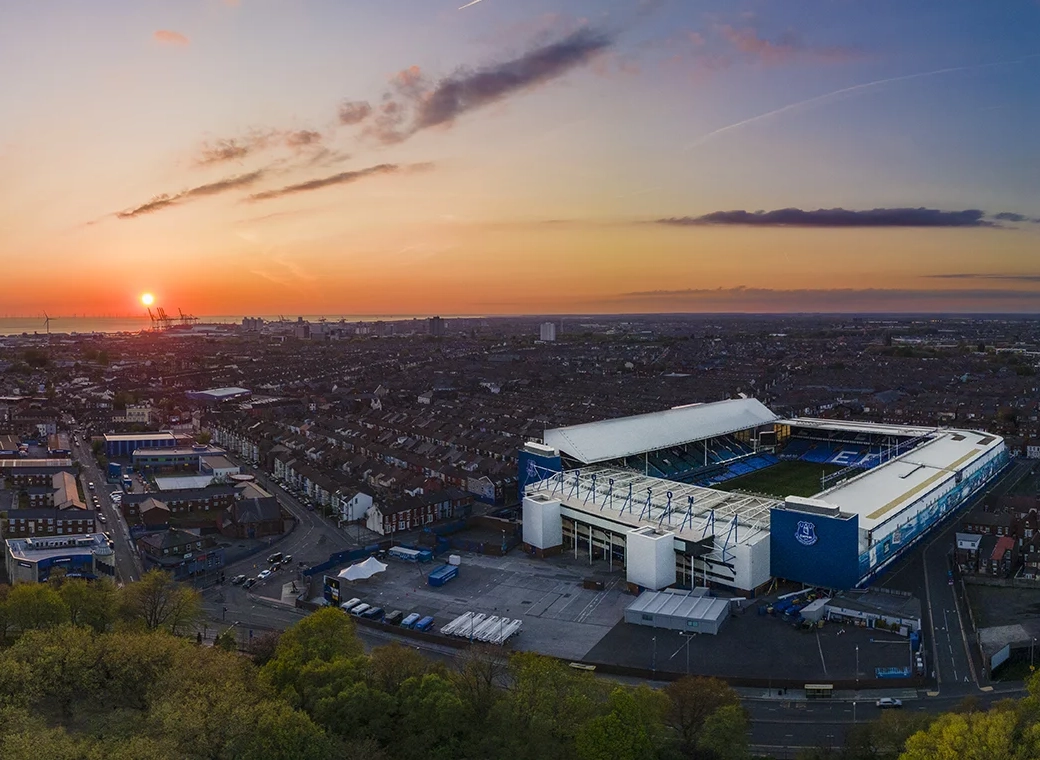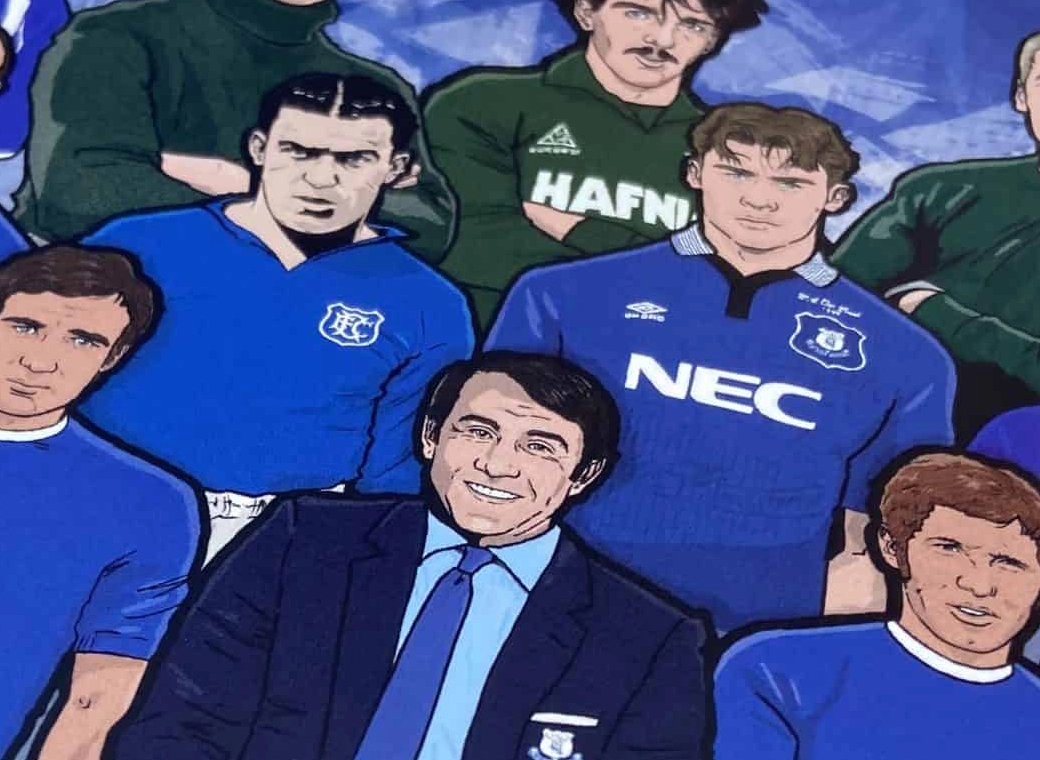Discovery of Most Recent Supernova in Our Galaxy
WASHINGTON -- The most recent supernova in our galaxy has been discovered by tracking the rapid expansion of its remains. This result, using NASA's Chandra X-ray Observatory and the National Radio Astronomy Observatory's Very Large Array, will help improve our understanding of how often supernovae explode in the Milky Way galaxy.
The supernova explosion occurred about 140 years ago, making it the most recent in the Milky Way. Previously, the last known supernova in our galaxy occurred around 1680, an estimate based on the expansion of its remnant, Cassiopeia A.
Finding such a recent, obscured supernova is a first step in making a better estimate of how often the stellar explosions occur. This is important because supernovae heat and redistribute large amounts of gas, and pump heavy elements out into their surroundings. They can trigger the formation of new stars as part of a cycle of stellar death and rebirth. The explosion also can leave behind, in addition to the expanding remnant, a central neutron star or black hole.
The recent supernova explosion was not seen with optical telescopes because it occurred close to the center of the galaxy and is embedded in a dense field of gas and dust. This made the object about a trillion times fainter, in optical light, than an unobscured supernova. However, the remnant it caused can be seen by X-ray and radio telescopes.
"We can see some supernova explosions with optical telescopes across half of the universe, but when they're in this murk we can miss them in our own cosmic backyard," said Stephen Reynolds of North Carolina State University in Raleigh, who led the Chandra study. "Fortunately, the expanding gas cloud from the explosion shines brightly in radio waves and X-rays for thousands of years. X-ray and radio telescopes can see through all that obscuration and show us what we've been missing."
Astronomers regularly observe supernovae in other galaxies like ours. Based on those observations, researchers estimate about three explode every century in the Milky Way.
"If the supernova rate estimates are correct, there should be the remnants of about 10 supernova explosions that are younger than Cassiopeia A," said David Green of the University of Cambridge in the United Kingdom, who led the Very Large Array study. "It's great to finally track one of them down."
The tracking of this object began in 1985, when astronomers, led by Green, used the Very Large Array to identify the remnant of a supernova explosion near the center of our galaxy. Based on its small size, it was thought to have resulted from a supernova that exploded about 400 to 1000 years ago.
Twenty-two years later, Chandra observations revealed the remnant had expanded by a surprisingly large amount, about 16 percent, since 1985. This indicates the supernova remnant is much younger than previously thought.
That young age was confirmed in recent weeks when the Very Large Array made new radio observations. This comparison of data pinpoints the age of the remnant at 140 years - possibly less if it has been slowing down - making it the youngest on record in the Milky Way.
Besides being the record holder for youngest supernova, the object is of considerable interest for other reasons. The high expansion velocities and extreme particle energies that have been generated are unprecedented and should stimulate deeper studies of the object with Chandra and the Very Large Array.
"No other object in the galaxy has properties like this," Reynolds said. "This find is extremely important for learning more about how some stars explode and what happens in the aftermath."
These results are scheduled to appear in The Astrophysical Journal Letters. NASA's Marshall Space Flight Center in Huntsville, Ala., manages the Chandra program for NASA's Science Mission Directorate in Washington. The Smithsonian Astrophysical Observatory controls Chandra's science and flight operations from the Chandra X-ray Center in Cambridge, Mass.












